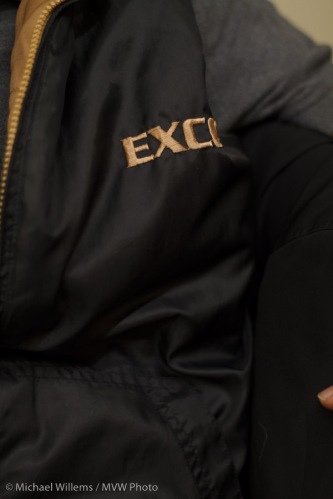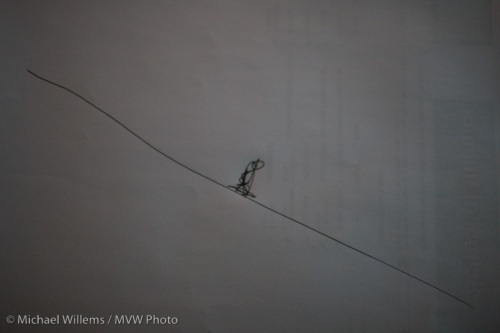Your camera wants everything to be grey. So every time you shoot a very light subject, such as snow, the camera will make it look too dark. And when you shoot a dark subject, like this coat, it will look too bright:
This is because your light meter labours under the engineering assumption that what you point it at is neither bright nor dark. When that is not the case, that assumption no longer holds and you need to adjust the value your meter comes up with.
So in the case of the dark coat, you turn down exposure (use “exposure compensation”, the +/- button) by 1-2 stops and now you get this:
Solved!
What is Exposure Compensation actually “doing”?
Just the same that your camera always does, except more so or less so. So of your meter is setting aperture, then exp comp means it is set to a slightly lower or higher aperture value than it would other wise have done. If your meter is setting shutter speed, ditto for shutter speed. If you are in “P” mode, your camera can set either or both.









